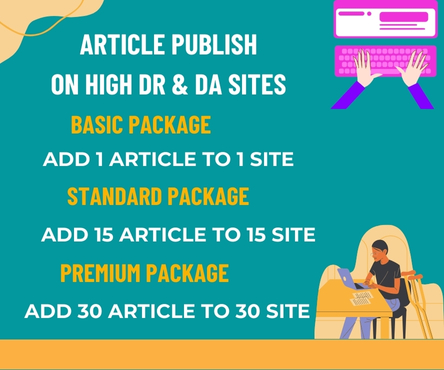Incontinence is a common condition that affects millions of people worldwide. It refers to the involuntary loss of urine or feces, which can significantly impact a person’s quality of life. Understanding the different types of incontinence is essential for effective management and treatment. This article explores the main incontinence types, their causes, symptoms, and possible treatment options.
1. Stress Incontinence
Stress incontinence is one of the most common types, especially among women. It occurs when physical activities or movements, such as coughing, sneezing, laughing, or exercising, put pressure on the bladder, causing urine leakage. This type of incontinence is often caused by weakened pelvic floor muscles or damage to the urinary sphincter, which can result from childbirth, surgery, or aging.
2. Urge Incontinence
Urge incontinence is characterized by a sudden, intense urge to urinate, followed by an involuntary loss of urine. People with this condition often experience frequent urination, including during the night. Urge incontinence is usually caused by an overactive bladder muscle, which contracts involuntarily. Common triggers include neurological disorders, urinary tract infections, or bladder inflammation.
3. Overflow Incontinence
Overflow incontinence happens when the bladder cannot empty completely, leading to frequent dribbling of urine. This type of incontinence is often linked to conditions that block the normal flow of urine, such as an enlarged prostate in men or bladder muscle weakness. People with overflow incontinence may feel the need to urinate but only pass small amounts of urine at a time.
4. Functional Incontinence
Functional incontinence occurs when a person is unable to reach the bathroom in time due to physical or cognitive impairments. This type is common among elderly individuals or those with disabilities, arthritis, or neurological conditions like dementia. Unlike other types, functional incontinence is not caused by bladder or urinary tract problems but rather by mobility or mental health challenges.
5. Mixed Incontinence
Mixed incontinence refers to the combination of two or more types of urinary incontinence, most commonly stress and urge incontinence. This condition can complicate diagnosis and treatment since it involves symptoms from different causes. Addressing mixed incontinence often requires a comprehensive approach tailored to the individual’s specific symptoms.
Causes and Risk Factors
Various factors can contribute to the development of incontinence, including pregnancy and childbirth, aging, menopause, prostate problems, neurological diseases, obesity, and certain medications. Understanding these causes helps healthcare providers develop effective treatment plans.
Treatment Options
Treatment for incontinence varies depending on the type and severity of the condition. Common approaches include pelvic floor exercises (Kegel exercises), lifestyle modifications, bladder training, medications, medical devices, and surgery in severe cases. Additionally, managing underlying health conditions can significantly reduce symptoms.
Conclusion
Incontinence is a manageable condition once properly understood and diagnosed. Recognizing the different types of incontinence—stress, urge, overflow, functional, and mixed—can help individuals seek the right treatment and improve their quality of life. If you or a loved one experiences symptoms of incontinence, consulting a healthcare professional is the first step toward effective management and relief. With the right care, many people regain control and confidence in their daily lives.

